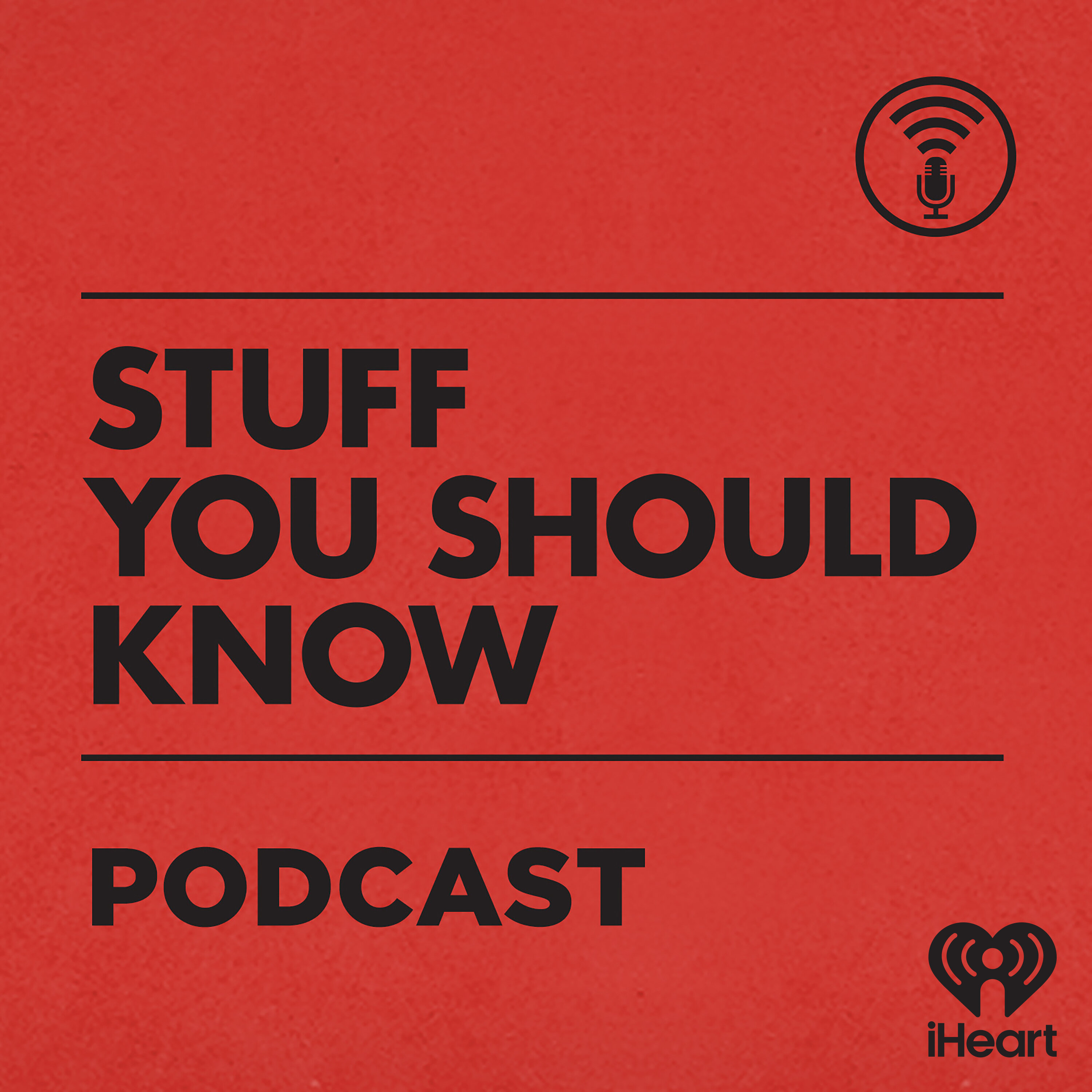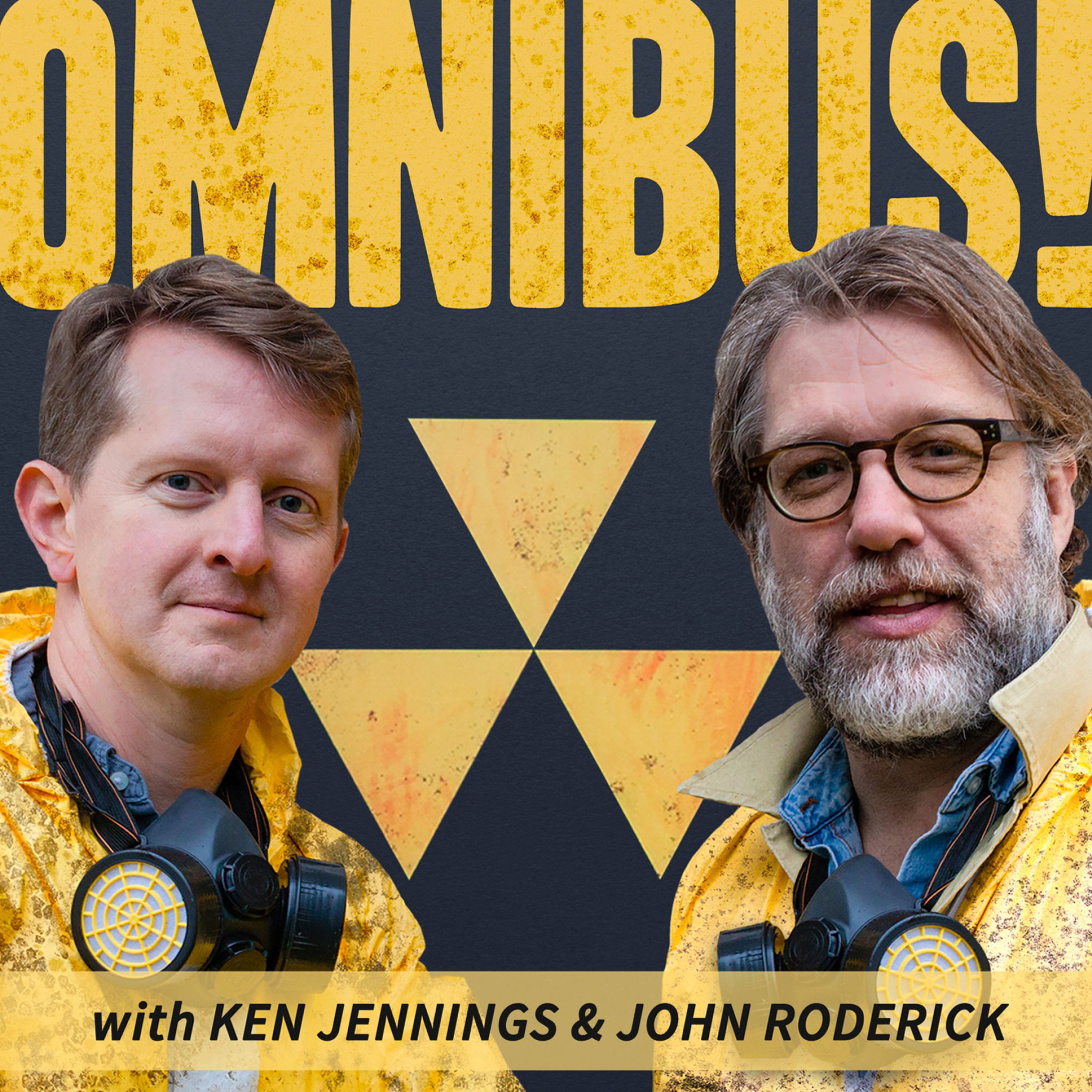
Epic Greek History
Embark on an epic journey through ancient Greece with history enthusiast Scott Emmons as your guide. From the Mycenaean warrior kings to the flowering of the Greek city-state, from the astonishing victories over the Persian invaders to the catastrophic power struggle between Athens and Sparta, each episode brings the past to life with vivid detail and compelling narrative. Along the way, there will be side trips to explore fascinating aspects of Greek culture, from art and literature to everyday life. Whether you're a history buff or new to the world of classical antiquity, this podcast is your gateway to the life and legacy of ancient Greece.
Publishes one full episode and one short episode per month.
See images for each episode at epicgreekhistory.substack.com
Epic Greek History
(Short Episode) The Write Stuff: The Decipherment of Linear B
The decipherment of the Linear B tablets from Knossos and Pylos revolutionized our understanding of the Mycenaean world. But how did a small group of dedicated Greek scholars arrive at the solution? This episode recounts the painstaking process that ultimately led to the paradigm-shifting conclusion that Linear B was an early form of Greek.
For samples of the writing system and a link to an interactive site where you can try your hand at constructing words in Linear B characters, check out Episode 4 at epicgreekhistory.substack.com
Reading Suggestions:
The Decipherment of Linear B by John Chadwick (1958 and later editions)
The Riddle of the Labyrinth: The Quest to Crack an Ancient Code by Margalit Fox (2013)
Hello! Χαίρετε, and welcome to this short episode of Epic Greek History, The Write Stuff: The Decipherment of Linear B. I’m Scott Emmons.
Today I’m diving deeper into a topic I just touched on last time — how a small group of Greek scholars — and one very talented amateur — managed to decode the early writing system used by the Mycenaean Greeks. I have to say up front, this is without a doubt the geekiest episode I’ve done so far. I don’t think we’re going to see social media influencers talking about Linear B anytime soon. But as I’ve said before, sometimes the story of a discovery is fascinating in its own right. And for my money, this is one of those stories. There’s something really compelling to me about a mysterious form of writing turning up from the distant past, and a few brilliant minds putting in the detective work that finally cracks the code. So that’s the story for today. One suggestion before I start – I’ll be referring to some of the information I covered in the last episode, so unless you’re already familiar with the basics of Minoan and Mycenaean archaeology, I’d recommend listening to that one first.
So let’s start by time traveling back to the year 1900, when Arthur Evans was getting ready to excavate at Knossos on Crete. Even before he started digging, he had hopes that he might turn up some form of writing there. Earlier in his career, he’d served as the keeper of the Ashmolean Museum at Oxford, and during that time, the museum had received a seal stone from Crete with markings that looked like an inscription. In the last episode I talked about how he went shopping for antiquities in Athens and bought some similar seal stones that the dealer said had come from Crete. So there wasn’t a ton of evidence yet, but there were enough scraps to convince him that writing had had a place in Minoan civilization.
Well, soon after he began digging up the palace, he started finding caches of clay tablets. We call them tablets, but that term is a little misleading, because most of them are more like small, flat bars, usually about four to six inches long. If you roll out a piece of soft clay and then flatten it, that’s basically what we’re talking about. Anyway, these tablets were inscribed with a kind of writing unlike most systems that were known up to then. Meanwhile, excavations in other parts of Crete were turning up different forms of writing. There was a Cretan hieroglyphic script that appeared on some seals and tablets. An Italian archaeological expedition at the palace of Phaistos discovered a strange object, now known as the Phaistos Disc, which was inscribed with a curious kind of pictographic writing. Scholars are still puzzling over that one.
Well, just a few miles from Phaistos, at a village called Hagia Triada, that same Italian expedition turned up a number of tablets similar to the ones from Knossos. The excavator, a man named Federico Halbherr, was a friend of Evans, and working together, they determined that they had two different but related scripts. Evans called them “linear” scripts to distinguish them from pictographic or hieroglyphic writing. He gave the name Linear A to the writing on the Hagia Triada tablets. Most of the Knossos tablets were in what he called Linear B. From comparisons between the two, it was clear that Linear A was an earlier script, and Linear B was a simpler system derived from it. Both scripts were unreadable, of course. And it was natural that Evans and many others assumed they both represented the Minoan language — whatever that was.
Then, almost 40 years later, Linear B tablets turned up for the first time in Mainland Greece, when the American archaeologist Carl Blegen excavated the palace at Pylos on the southwestern coast. Now, by this time, some very smart people were already hard at work trying to decipher Linear B, and the discovery of those Pylos tablets gave them a lot more material to work with. But at this point you might ask, since it was Greek, which was a known language, why was it so murderously hard to decipher? Well, for one thing, this writing system has nothing to do with the Greek alphabet we know from classical times. There’s no continuity there. Linear B was also a very old form of Greek, so it presents some difficulties. It has quite a few words that don’t exist in classical Greek, and who knows what they mean?
But the really tricky thing is that Linear B is not an alphabet but a syllabary. Meaning that, except for a few pictographic symbols and numbers, each character represents a syllable, either a vowel by itself or a combination of a consonant followed by a vowel, such as ba-, pe-, ti-, and so on. Now, a syllabary of that kind works very well for a language that’s constructed that way, for example Japanese. Full disclosure, I don’t know Japanese at all. And I know I’m oversimplifying to illustrate a point. But if you think of some common words that have come from Japanese into English, you get kabuki, origami, sushi, karate, or if you’re a film buff, Akira Kurosawa. You can hear that regular pattern of consonant-plus-vowel, over and over again.
So a syllabary works just fine for some languages, but it’s not a good fit for Greek, because Greek isn’t composed of open syllables. It has a lot of consonant clusters. So, suppose you want to write a name like Socrates, which in ancient Greek was more like “Socrátes.” Well, you have that “k-r” combination in the middle, and there’s no Linear B sign for that, so you end up writing something like “so-ka-ra,” adding that vowel sound after the K. And then what are you going to do with that S at the end? Linear B usually drops that altogether, so you’re left with something like “So-ka-ra-te.” I would imagine the earlier Linear A script must have been a good fit for the Minoan language, and then Linear B was an attempt to retrofit a syllabary onto Greek. They made it work, but it was clunky.
Now, early scholars studying Linear B weren’t working totally in the dark. They had a clue that it might be a syllabary, because there was a known form of writing that they could compare it with. Linear B, of course, disappeared when the Mycenaean civilization collapsed, and then writing was unknown in Greece until they adapted a Phoenician alphabet several centuries later. But way off to the east, on the island of Cyprus, where Greeks lived side-by-side with people from various Near Eastern cultures, literacy didn’t completely disappear. A system called the Cypriot syllabary evolved, which wasn’t directly descended from Linear B or Linear A, but it was related to them and shared some common signs. Strangely, that Cypriot syllabary was used to write Greek right through the classical period, long after the standard alphabet was available. That meant the sounds of that writing system were known. So the similarities gave at least a clue that Linear B could also be a syllabary, and early attempts at decipherment involved trying to map sounds of the Cypriot characters onto similar characters in Linear B. The trouble is, even in closely related writing systems, identical or similar signs may have completely different sounds. So a lot of those early attempts were essentially guesswork, and a lot of the guesses went nowhere.
Well, one of the first major advances came when a Greek scholar named Alice Kober identified some important patterns. For example, she discovered that the word for “total” at the ends of lists had separate forms for males and females — whether people or animals. So clearly, this had to be a language that had grammatical gender. She also noticed that a lot of words had two variant forms that were one sign longer than the basic form. These groupings of base word plus two variants came to be known as “Kober’s triplets.” And they were important because they suggested that the language was highly inflected — in other words, that it had different endings to indicate whether a noun was the subject, direct object, indirect object, and so on. And that provided an important clue that the language belonged to the Indo-European family.
Unfortunately, Kober died in 1950 at the age of only 43, so she never got to carry on with her work. It’s sometimes said that because she was a woman in what was then a very male-dominated field, she was robbed of the credit for her part in the discovery. She certainly faced her share of obstacles in her career. But I don’t think this is quite like Watson and Crick taking all the credit for discovering the double helix structure of DNA and hanging Rosalind Franklin out to dry. It seems to me that those who were deeply involved in Linear B study were quite willing to acknowledge her accomplishment. John Chadwick, another pioneer in the field, wrote about her in his book, The Decipherment of Linear B, quote: “I do not think there can be any doubt that Miss Kober would have taken a leading part in events of later years, had she been spared. She alone of the earlier investigators was pursuing the track which led ultimately to the solution of the problem.” Unquote.
So Kober’s career was sadly cut short, but for the last couple of years of her life, she worked closely with a scholar named Emmett Bennet, who continued to build on her work. Bennett is kind of an unsung hero in this story, because his most important contributions were in laying the groundwork for the solution. He published the Pylos tablets in a book that provided the first accurate transcriptions of those texts, so that was invaluable to other researchers. He also developed the standard numbering system for Linear B signs that’s still in use today. I have to give Emmet Bennett a special shout-out because I had the privilege of taking a short class on Linear B with him many years ago, and even though I never specialized in it, I’ve been fascinated by Linear B ever since.
In any case, the big breakthrough came when a young British amateur by the name of Michael Ventris arrived on the scene. Ventris was an architect by profession, but he was one of those people with an extraordinary gift for languages, and he got interested in Linear B at a very young age. In 1936, when he was 14, he attended a lecture on Cretan archaeology by the then 85-year-old Sir Arthur Evans, and the story goes that he decided then and there that he would decipher the script. That has a whiff of legend about it, but he was clearly serious, because he published his first article on Linear B when he was just 18.
Ventris spent years building on the work of Kober, Bennett, and others. And after the tablets from Pylos were published, the new material led him to one of his key insights. He noticed that some words in the tablets from Knossos never appeared in the ones from Pylos, and vice-versa. He guessed that those might be the names of places in or near those two different kingdoms. For example, a port town near Knossos was called Amnisos in Homer and later Greek authors. So if he could match that name with one of those words that appeared only in the Knossos tablets, one piece of the puzzle would fall into place.
It's hard for me to imagine the enormous amount of trial and error it took, but slowly the evidence mounted, and the solution finally emerged — the language was Greek. As we saw in the last episode, that idea was revolutionary at the time, so Ventris himself was very cautious about pursuing it. But he got some academic cred when he teamed up with John Chadwick, the Greek scholar I quoted earlier. Chadwick had actually worked as a codebreaker in World War II, and the two of them working together demonstrated beyond any reasonable doubt that Linear B was an early form of Greek. On July 1st, 1952, Ventris went public with the news. Here he is announcing the discovery on BBC radio:
[Recording]
During the last few weeks, I have suddenly come to the conclusion that the Knossos and Pylos tablets must, after all, be written in Greek. A difficult and archaic Greek, seeing that it’s 500 years older than Homer, and written in a rather abbreviated form, but Greek nevertheless.
Naturally, that announcement was met with some skepticism at first, because it was so much at odds with the prevailing view. But Ventris and Chadwick had done their homework, and it was inevitable that soon after they published their findings, their conclusion became mainstream. Throughout the whole story, I see the people working on the decipherment as often collaborative and collegial, but there must have been a healthy dash of competition mixed in. I’ve always remembered the first day of that class with Emmett Bennet, when he presented his course introduction and told the story I’ve just told you. When he got to Ventris, he said with an obvious combination of respect and a touch of envy, “I had to agree that… he had it.”
Well, if you’re still with me, I can only conclude that you have some interest in this obscure but fascinating topic. So if you’d like to see some examples of Linear B writing, I’ve posted photos at epicgreekhistory.substack.com. I’ve included a transliteration of my name in Linear B and a link to an interactive page where you can try putting your own name or any words you like into the syllabary. If you do, feel free to post it on the epicgreekhistory Facebook page or send it to me, scott@epicgreekhistory.com.
And that concludes Episode 5! This podcast is still in its infancy, so if you enjoyed this episode, please subscribe, like, share, whatever you can do to help it grow. If you have comments, corrections, or additional information, I’d love to hear from you. I’m Scott Emmons. The music for my theme song was composed and recorded by Parry Gripp. My logo and other artwork were created by Chris Harding. Until next time, εὐτυχεῖτε! Be well.
Podcasts we love
Check out these other fine podcasts recommended by us, not an algorithm.

Dan Carlin's Hardcore History
Dan Carlin
History on Fire
Daniele Bolelli
Stuff You Should Know
iHeartPodcasts
Ancient Greece Declassified
Dr. Lantern Jack
Omnibus
Omnibus
Stuff To Blow Your Mind
iHeartPodcasts
Literature and History
Doug Metzger
Office Ladies
Audacy & Jenna Fischer and Angela Kinsey
Good Hang with Amy Poehler
The Ringer